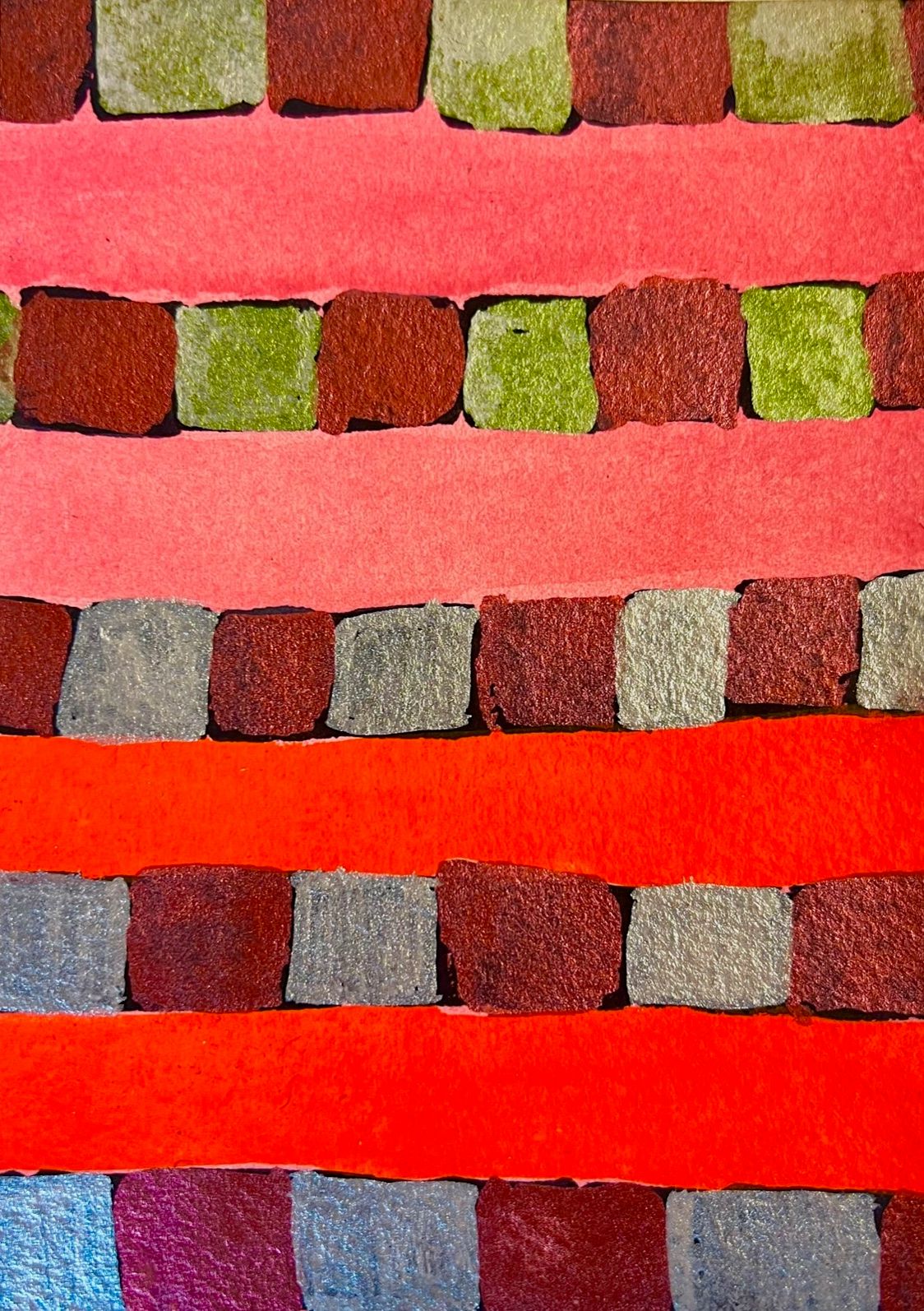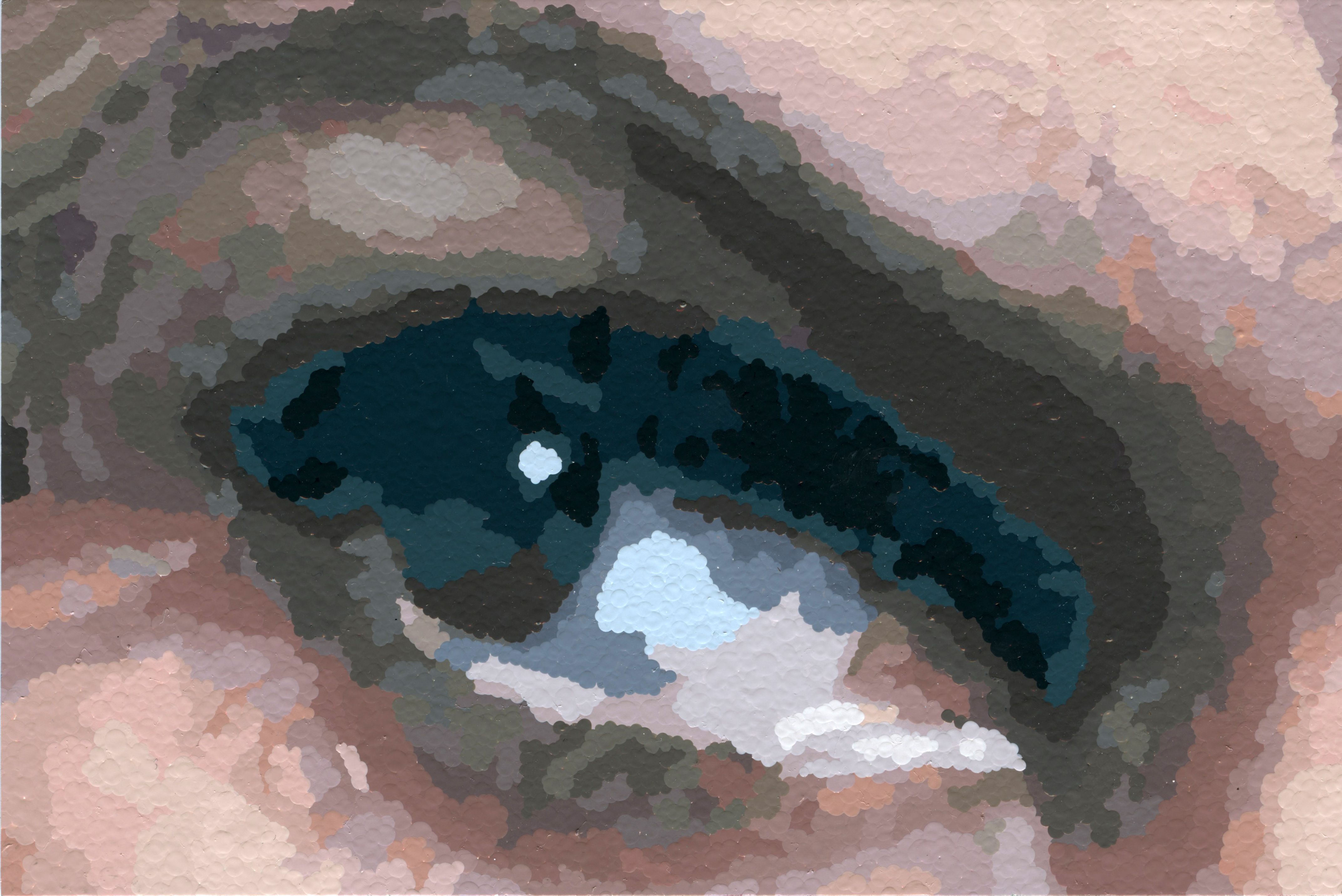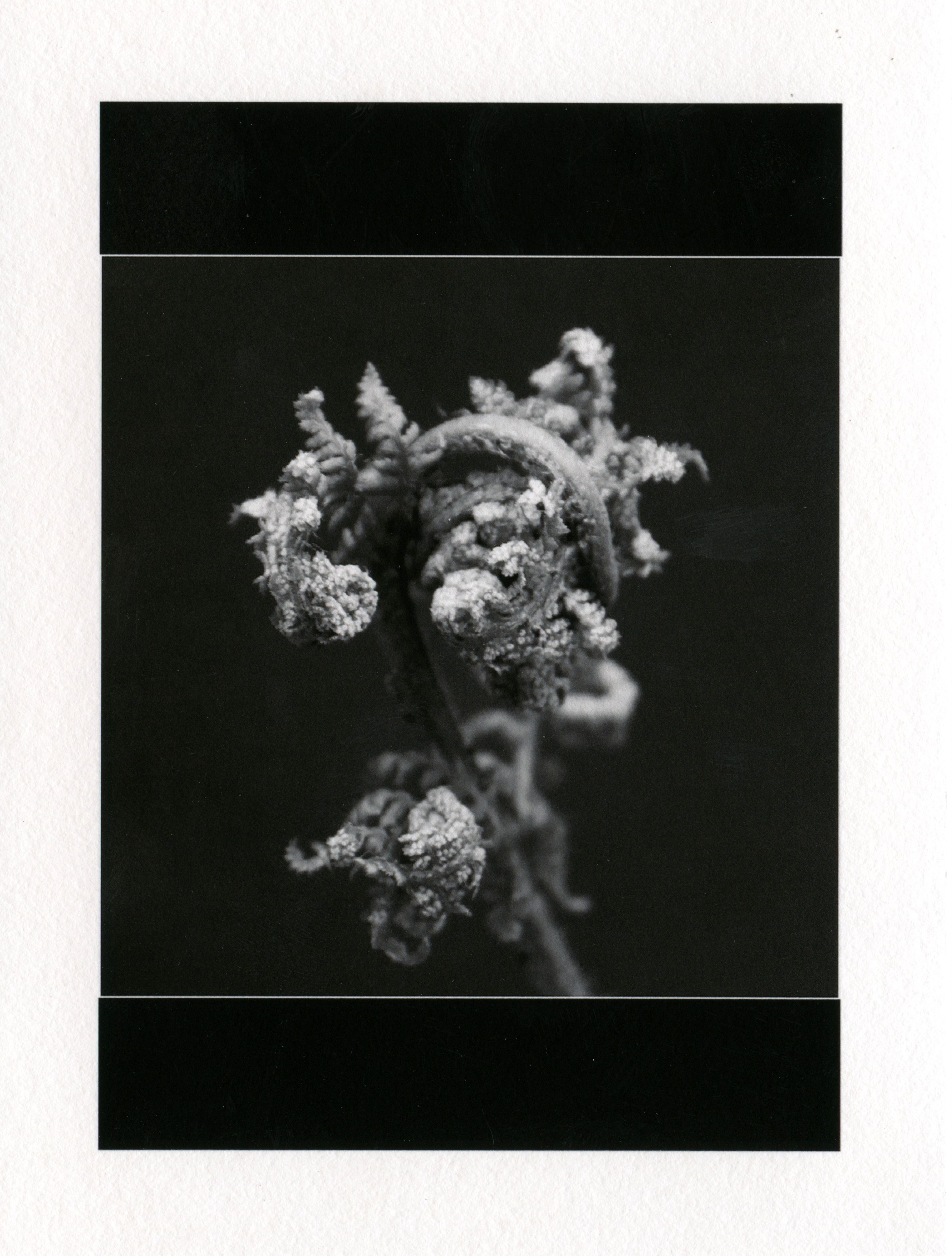
It is almost ten years since Art on a Postcard was launched as a one-off auction to raise money for good causes, but it has now become something of an institution on the cultural calendar, with the illustrious likes of Damien Hirst, Marc Quinn, Wolfgang Tillmans and Julian Opie among the many luminaries it has hosted. This week, it hosts its fourth Annual Women’s Day auction, with a new format in which seven female curators each curate a show comprising of twenty female artists. These shows will run as seven concurrent auctions, all raising money to support The Hepatitis C Trust’s work with women affected by the criminal justice system both in prison and local communities. Below, the renowned curator Beth Greenacre, whose past clients have famously included David Bowie, discusses the wonderful cabal of leading female artists she has brought into the frame.
Laura Gannon is a great artist who I've known for many years. Her works are extremely physical in nature, and her paintings on canvas are often very three-dimensional. Her work is always interesting in terms of how she explores the physicality of paint, and its impact on us as viewers. What she has done with the postcards has been playful, with a push-and-pull of paint across geometric patterns – the result being a real sense of capturing three-dimensionality within a flat surface plane. In her wall-based based works, she often plays with shadow and the canvas jutting out from the wall – obviously, she's got a flat plane with the postcard, but she's achieved that same three-dimensionality, which I think is really wonderful.

Pam Evelyn is an artist that I've been interested in for a number of years. She is an absolutely phenomenal painter who looks to the legacy of British landscape painting in her practice, and she really explores painting and all its possibilities – pushing it to its limitations. I was super keen to have her involved, and she has worked across scale brilliantly, because although her paintings are very large, she's really translated the essence of her painting into postcard size. In terms of looking at the history of landscape painting, Pam recently did a very important residency in Cornwall, which is a region at the centre of British post-war art history, and she has been looking closely at a number of female artists from that period.

Caroline Coon is one of the older artists that I have selected. She was a huge activist in the sixties and seventies, and there's a nod to The Female Eunuch in her work. Caroline has been a very significant activist for women throughout her career, and famously worked with prostitutes in trying to legalise sex work. The work she has created for the postcard format is very personal. When you first encounter it, you immediately imagine that you're looking at a landscape that has a very geographical aspect. I actually imagined what I was seeing as rolling hills, but when you look closely, you realise it is her own ageing body, and that what you are viewing is the folds of her skin. Historically, society has not presented us with aging bodies – especially female bodies – so it's a bold and brilliant thing she has done on such an intimate scale.

Caroline Zurmely has done something quite similar to Caroline Coon, but, conversely, she is a very young artist – so it's quite nice to have those two next to each other. Caroline has selected eyes to focus upon, and has honed in on and cropped that part of the female figure. She actually works with nail polish to create her imagery, and in her practice she will find quite famous people in magazines and dailies and hone in on very specific details. I first came across her work when she did a series on Lady Diana, and even though the images had been so tightly cropped, you still knew instantly that it was Lady Diana. I don’t know who all these eyes belong to, but I imagine they are models from the 90s, such as Linda Evangelista. They are uncanny images, because, in a sense, you recognise them, but you're not a hundred per cent sure who they are. They’re highly sophisticated paintings created from throwaway media.

It's great to have Abigail Reynolds in the show, and again there is this sense of a landscape being looked at in the work. I actually think that thread probably runs throughout the selection of all the artists. Abigail is also somebody who works with found material, and she will scour books to find photographs that really resonate with her personally. Then she'll find sites that have been photographed again and again over the years by various photographers from the same angle, and she'll bring both found images together, so they become a seamless whole. I think that's super interesting. I also think about her work very much in terms of wormholes. In the Tower Bridge image, for example, she brings two images together across different timeframes, and there is this moment of an uncanny collapse of time.

Ingrid Pollard is a truly wonderful artist, and is a Turner Prize nominee. She also looks very much at landscape in general, and very particularly the black figure in landscape. There was a wonderful series of photographs that she did recently where she positioned black friends, models and well-recognised people in very traditional rural British landscape settings. I know that's not what we're seeing here in this work, but it's similarly interesting in terms of the conversation of the female figure. She is an artist who employs landscape to say a lot about post-colonial Britain, and is an artist that really needs her significance and her importance recognised. It is so wonderful that she has The Turner Prize nomination. It's always challenging for artists to shift scale in their practice, but I think all of them have really stepped up to that challenge in a skilful, brilliant and brave way.
The auction is live and closes this Thursday at Fitzrovia Gallery, visit here to bid and find out more
Images (top to bottom): My Biography Of Him by Laura Gannon; Transition by Pam Evelyn; The Beauty of Old Age by Caroline Coon; Eye by Caroline Zurmely; Swimmers, Tower Bridge by Abigail Reynolds; Fern by Ingrid Pollard